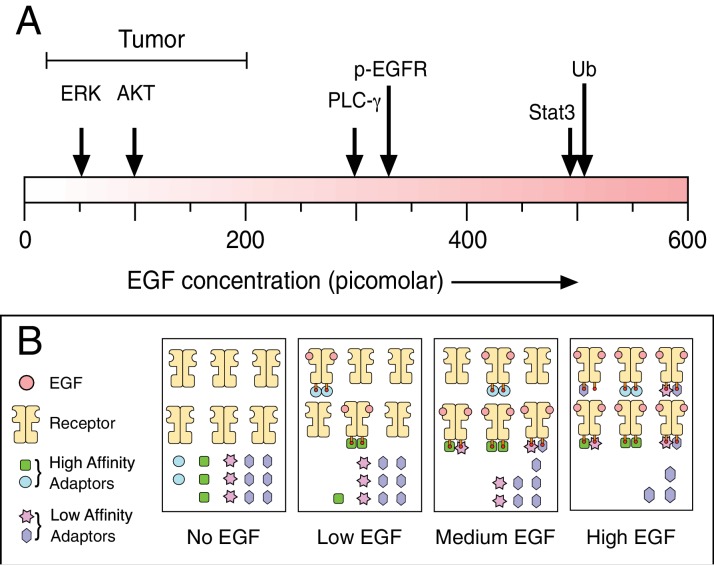Figure 1. Biochemical responses to epidermal growth factor (EGF) depend on ligand dose.
(A) As the experimental dose of EGF is increased, the spectrum of induced biochemical responses broadens. Shown are the doses required for half-maximum responses for the indicated biochemical readouts taken from Pinilla-Macua et al. ERK: Extracellular signal-regulated kinase; AKT: protein kinase B; PLC-γ: phospholipase C gamma; p-EGFR: phosphorylated EGF receptor; Stat3: signal transducer and activator of transcription 3; Ub: EGF receptor ubiquitylation. Also shown above the scale is the effective EGF dose range observed in tumors. Despite the low effective dose of EGF, this is still sufficient to drive tumor growth. One possible mechanism to explain why different biochemical responses occur at different concentrations of EGF is shown in (B). Following the addition of low doses of EGF, only the highest affinity adaptors can bind to the phosphorylated receptor. This drives one particular set of biochemical responses. As the high affinity adaptors are depleted at higher levels of receptor occupancy, lower affinity adaptors are then able to bind to the receptor to drive new biochemical reactions.

